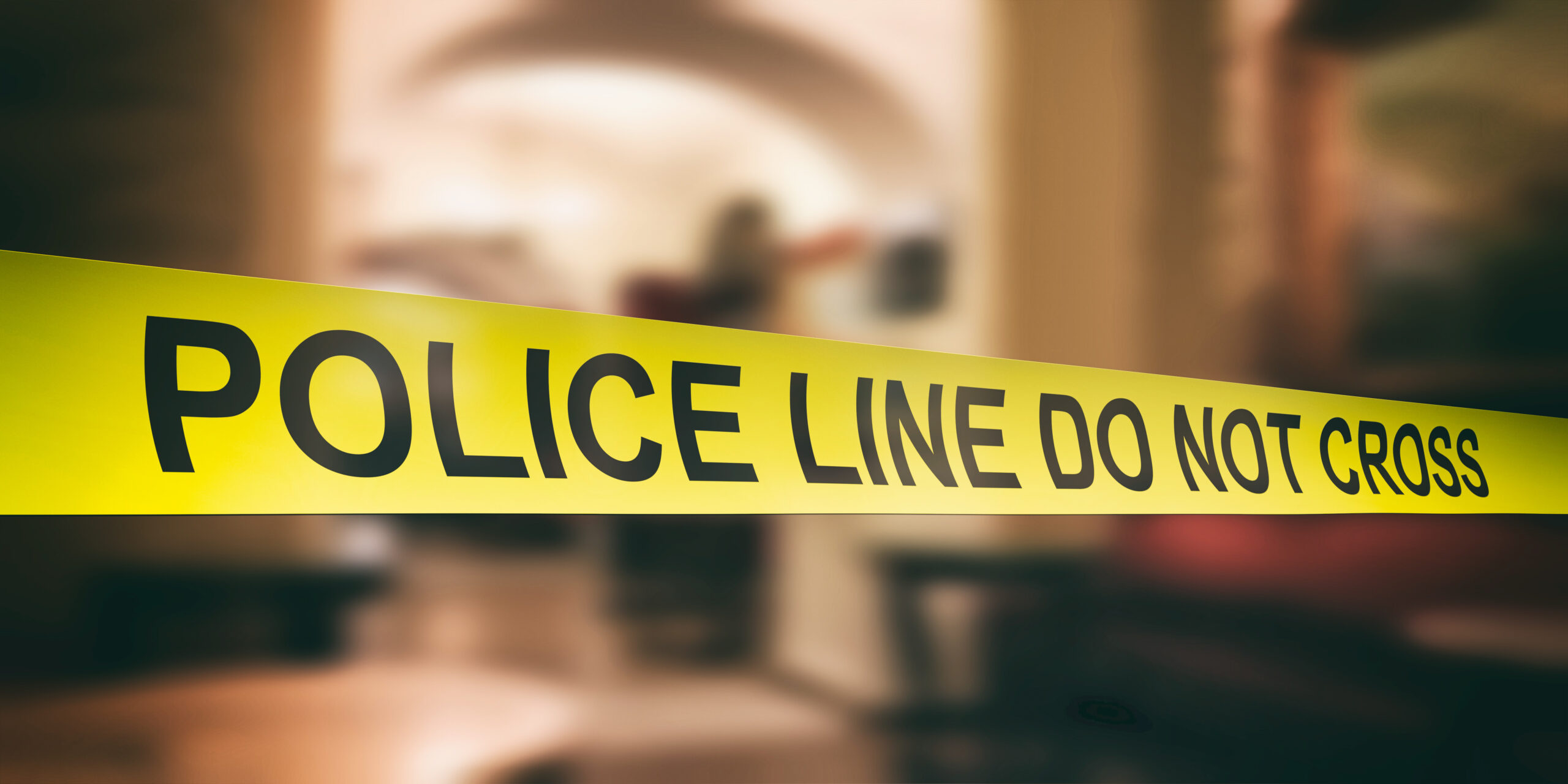By: Sgt. Jake Lepper
I would venture to guess the vast majority of us have watched some version of CSI at some point in our lives. It’s easy to see why it’s such an enthralling series. Who doesn’t love watching a satellite zoom into the reflection of a screw to reveal the killer? Watching a brilliant forensic psychologist easily deduce a detailed suspect profile from just a few pieces of evidence is beyond entertaining. Yet, like most big screen depictions, the series writers take quite a few creative liberties. Real life forensic science is often not quite as exciting, yet it’s no less important and it’s much more scientifically sound. As an evidence technician trained by the Wisconsin State Crime Lab, let me give you a small glimpse into my knowledge of forensic science.

For starters, only the largest police departments in the state and nation have full-time crime scene investigators. For most agencies (UWPD included), officers take on the additional training and responsibility as an ancillary duty. Police officers in Wisconsin only receive basic training in evidence collection and photography in the police academy. For this reason, evidence technicians handle any evidence or crime scenes which need more advanced processing. The Wisconsin evidence technician course is a 40-hour course with a pre-course requirement of several days of photography training.
The evidence technician course goes into detail about photography, videography, and overall crime scene documentation. Generally, the most important responsibility for the technician is to create a detailed, quality, and comprehensive depiction of the scene. Often, cases do not go to trial for a year or longer. The photographs, sketches, and videos created by the investigator are the only way for a jury, defense attorneys, subsequent investigators, and prosecutors to gain insight into what the scene looked like and what occurred.
There is a litany of photography techniques which may be used. Adjustments to shutter speed, aperture size, and field of focus can be made to emphasize certain details. In very dark environments (I work at night, after all), a long shutter opening combined with a flashlight and a tripod allow the image to literally be “painted” with light. It’s really fun if you’re a nerd like me.
The other techniques are things you probably might expect us to learn. We learn how to dust for fingerprints, photograph fingerprints, and then “lift” the fingerprints with an adhesive strip. We learn how to collect combustible materials which may be indicative of arson or explain the cause of an accidental fire. We learn how to swab for DNA and obtain buccal swabs from people so we may rule their DNA in or out of a case, as needed.
Collecting tire mark or foot print impressions is done using something akin to plaster. Pry or tool mark impressions can be taken with a substance similar to playdough. Scrapings can be taken of paint and fibers can be sampled. We can even do very limited analysis of blood spatter and utilize a substance called “Luminol” to identify blood which may have already been cleaned up. All of this knowledge is used to document and preserve evidence so it can be further analyzed, verified, and linked by experts at the Wisconsin State Crime Lab.
At the end of the 40-hour week, you are presented with a “mock” crime scene and you are required to process the entirety of the scene before subsequently writing a report containing your professional opinion of what occurred. It’s all extremely fascinating. Yet, it also barely scrapes the surface of forensics.
Experts at the state lab train for years on how to analyze fingerprints, DNA, footwear, ballistics, and other pieces of evidence. They must meet stringent credentialing, training, and educational requirements. An evidence technician’s training does not approach what they learn. Officers can often expand their training after the course by seeking out additional training in blood spatter analysis, digital forensics, death investigation, fire investigation, accident reconstruction, underwater evidence collection, and much more.
You’d be amazed at the variety of forensic experts across the nation (and even on our very own campus)! We have everything from forensic anthropologists to forensic zoologists. People who specialize in forensic entomology, pathology, geology, accounting, and limnology. I remember watching an episode of Forensic Files with a forensic glitter analyst (who I imagine was over the moon to be able to contribute his expertise to a meaningful case).
The world of forensic science is incredibly complex and ever growing. My piece of it is small, yet it is also rewarding and consequential. I have had the privilege of using my expertise to assist in finding justice for victims of violent crimes and for restoring dignity to people who’ve had it taken from them. When applied justly and judiciously, forensic science has the potential to change lives and protect the most vulnerable members of our society. So, CSI did get it right in a way, even if they embellished some of the more sciencey parts of their jobs.
